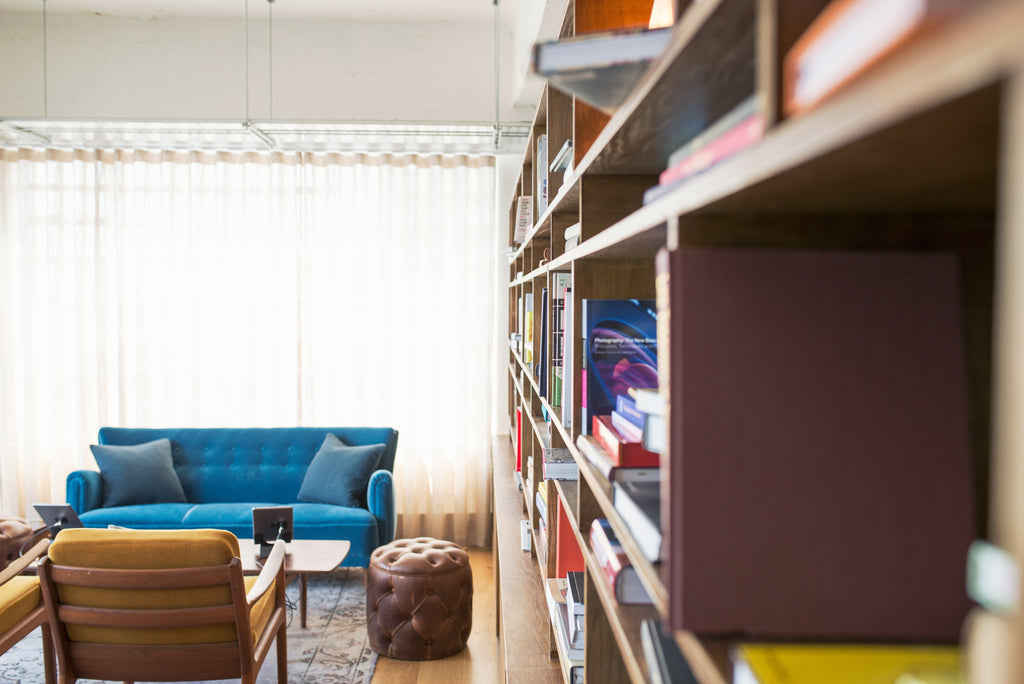Regardless if your home is modern or traditional in design, it was probably built with a young couple or a young family in mind. Yet, just as a person ages, so does their home, and if it isn’t adapted to meet your changing needs then it can become a hazardous place to live. That’s why the concept of home modification has become increasingly popular in the United States. The types of adjustments range from purchasing an oversized clock to help you tell time more easily to installing a wheel chair ramp ensuring you can enter and exit your home without difficulty. With a focus on self-reliance, safety and mobility, the home modification movement is allowing seniors to live in their homes independently for longer periods of time.
When to begin home modifications
The best time to start thinking about home modifications is before they are needed. You certainly don’t want to be rushing the installation of grab bars or widening doorways for wheel chairs after a crisis (i.e. a fall resulting in broken bones). Sometimes upgrades are needed through the home before the modifications can even be executed. It’s recommended that you and your loved ones do a room by room assessment of your home carefully considering your current and future needs. More specifically, you should all be looking at how your home and its contents are used, asking yourself if they might potentially act as barriers to your movement or access.
How to conduct a home assessment
Developing a plan for modification is actually quite straight forward to create. The easiest way to design a plan is by enabling whoever is helping you with the modifications observe you move in and around your house. The easiest way to do that is have that person follow you around for a day. It might sound a bit unnerving to have someone in your space for such an extended period of time. But remember, the goal is to ensure your home remains a safe and easy to use space. For a better idea, the following is an example. Is your bedroom a place where you sleep only? Or do you eat in the room, do you watch t.v there. or do you sew? Is it a place where you welcome visitors to sit and talk with you? Or are visitors only allowed in the living room? A home assessment will highlight the different changes needed to ensure your bedroom remains easily accessible for both you and the other people who frequent it.
If you don’t have a family member that can help you, then enlist the help of an occupational therapist. They can make a home visit to assess the safety and accessibility of your dwelling and surrounding environment and suggest modifications.
Once you’ve completed the home assessment, put together a list of changes that you and your family members have determined are necessary. This list will be incredibly useful when you begin getting work estimates, if you hire professionals to make the modifications. You will also be able to use the list to compare costs between the different estimates.
Making home modifications
Some of the basic modifications needed to make a home safer for yourself don’t require a major renovation. These low cost home adjustments might include purchasing a phone with larger buttons if you have difficulty seeing the touch pad of a regular phone. Another tool is the Day Clock by American Lifetime. With its large illuminated display it shows the day of the week, date, and time of day in clear letters and numbers. This oversized clock can be seen by users from over 20 feet away and is a simple home modification that can provide a tremendous sense of security and freedom to its users. Other basic modifications include increasing the amount of light in your house so that you can continue to perform your routine tasks without fear of injury. That might mean switching to higher wattage bulbs or adding more lighting fixtures in your home.
For larger scale home modifications such as installing a wheelchair ramp or leveling out uneven floors, these adjustments require the help of a licensed architect. Do not try to do hire the first contractor you come across. It is recommended that you work with an architect or design professional who has extensive experience in accommodating the needs of older people. This person must be able to draw detailed plans for your renovations.
A final modification
It’s important to remember that the goal of home modifications is not to make your dwelling accident-proof. That is an impossible task. Instead the objective of this type of undertaking is to preserve and strengthen your capabilities as an older person. Rather than focusing on highlighting your limitations or disabilities. Whether it is purchasing a large oversized clock such as our Day Clock or adding grab bars in your bath tub to prevent a slip, there are a multitude of adjustments that can be made. What is most important is that you recognize and accept the need for these types of changes and that you are involved in the process as much as possible.
 Fast, Free Shipping On All Orders
Fast, Free Shipping On All Orders 
